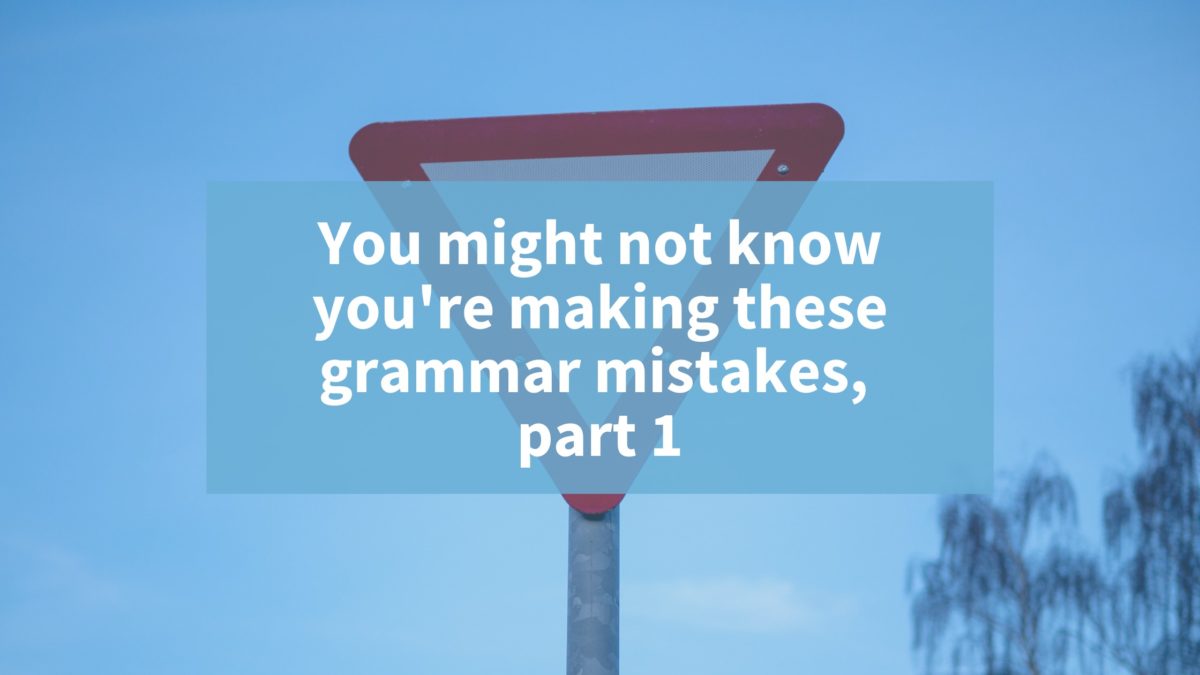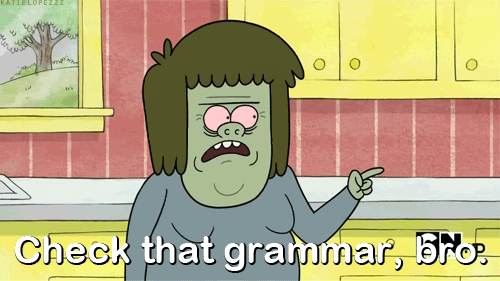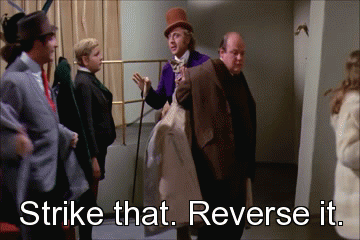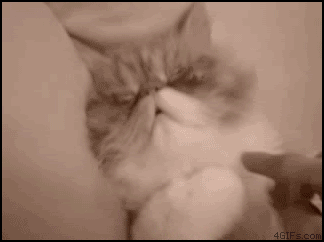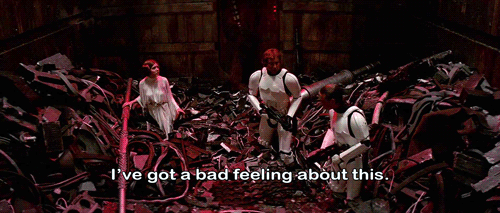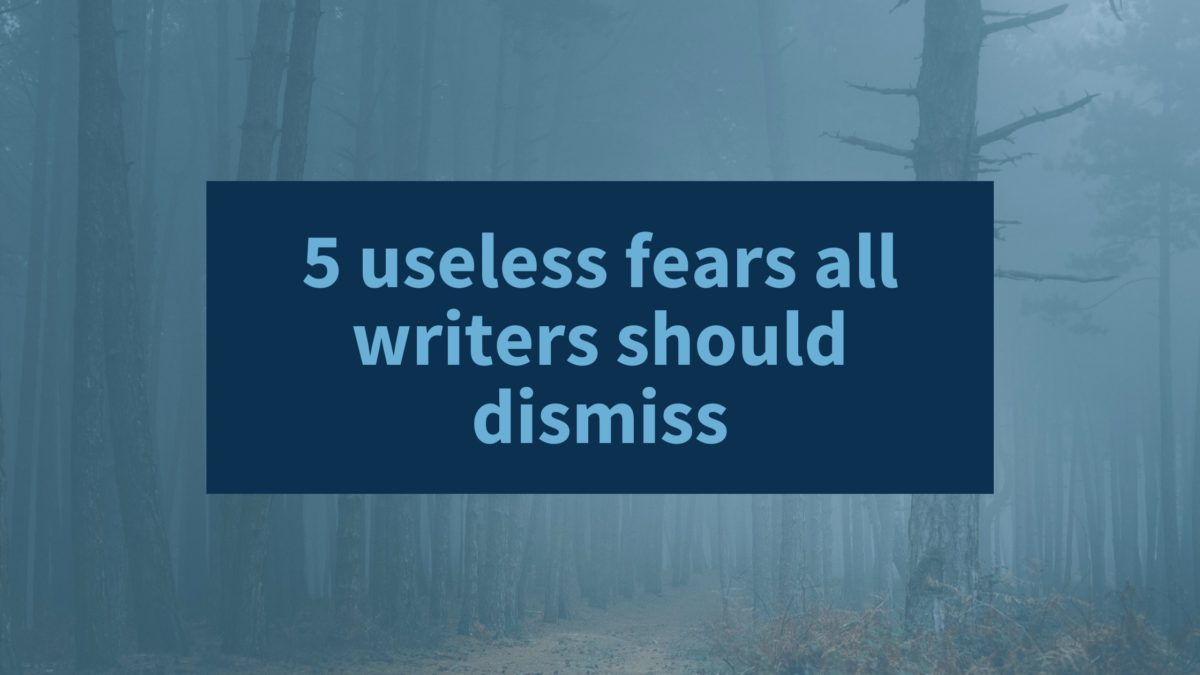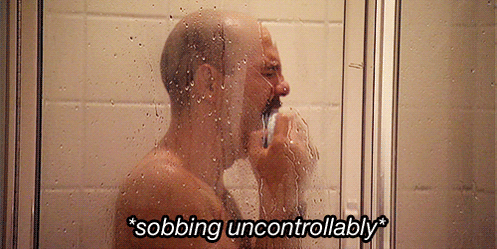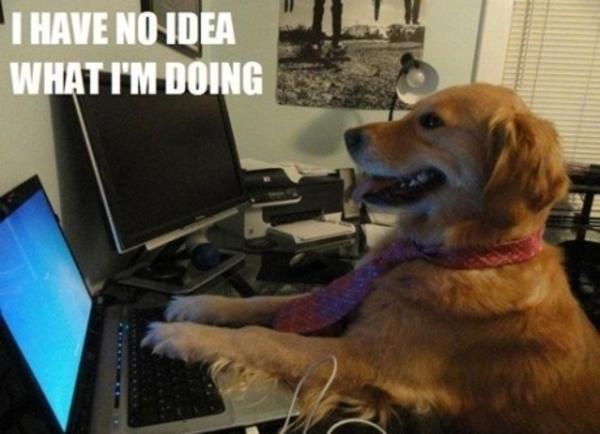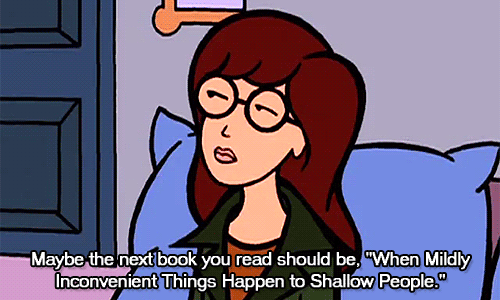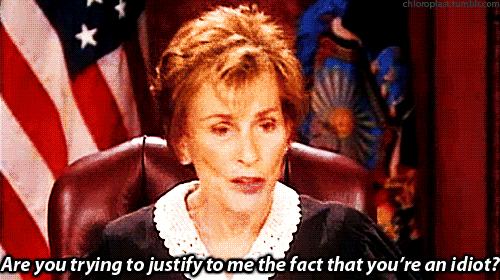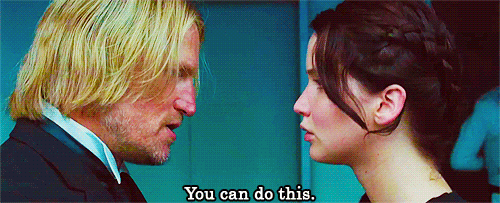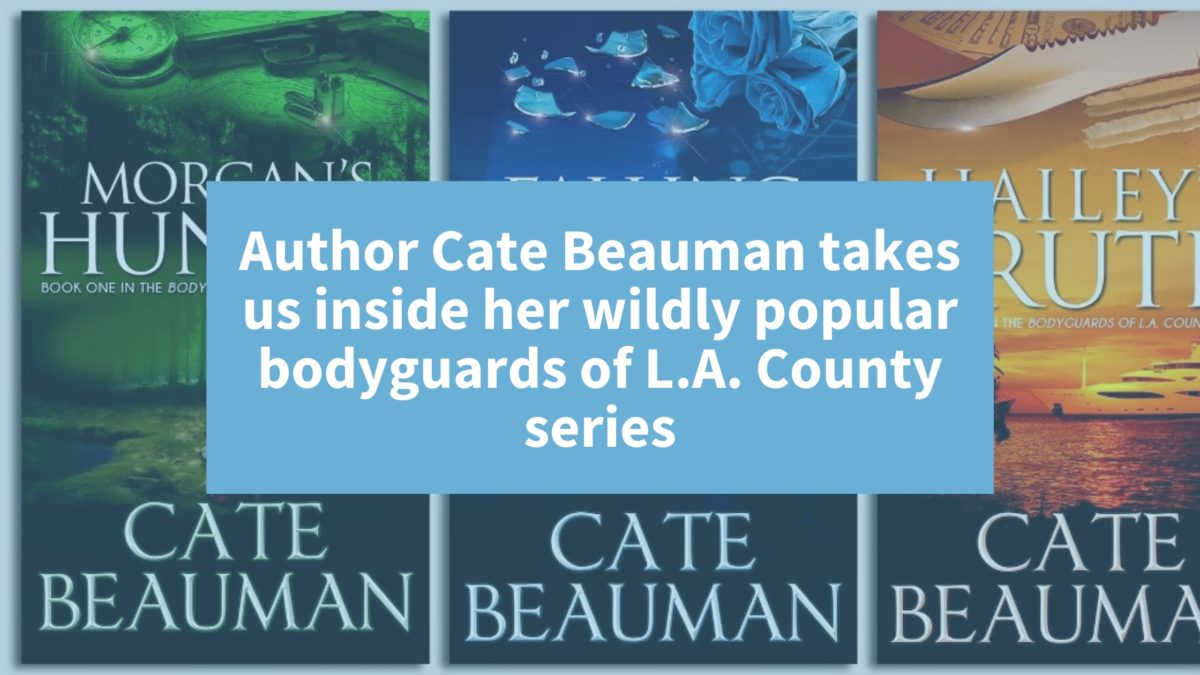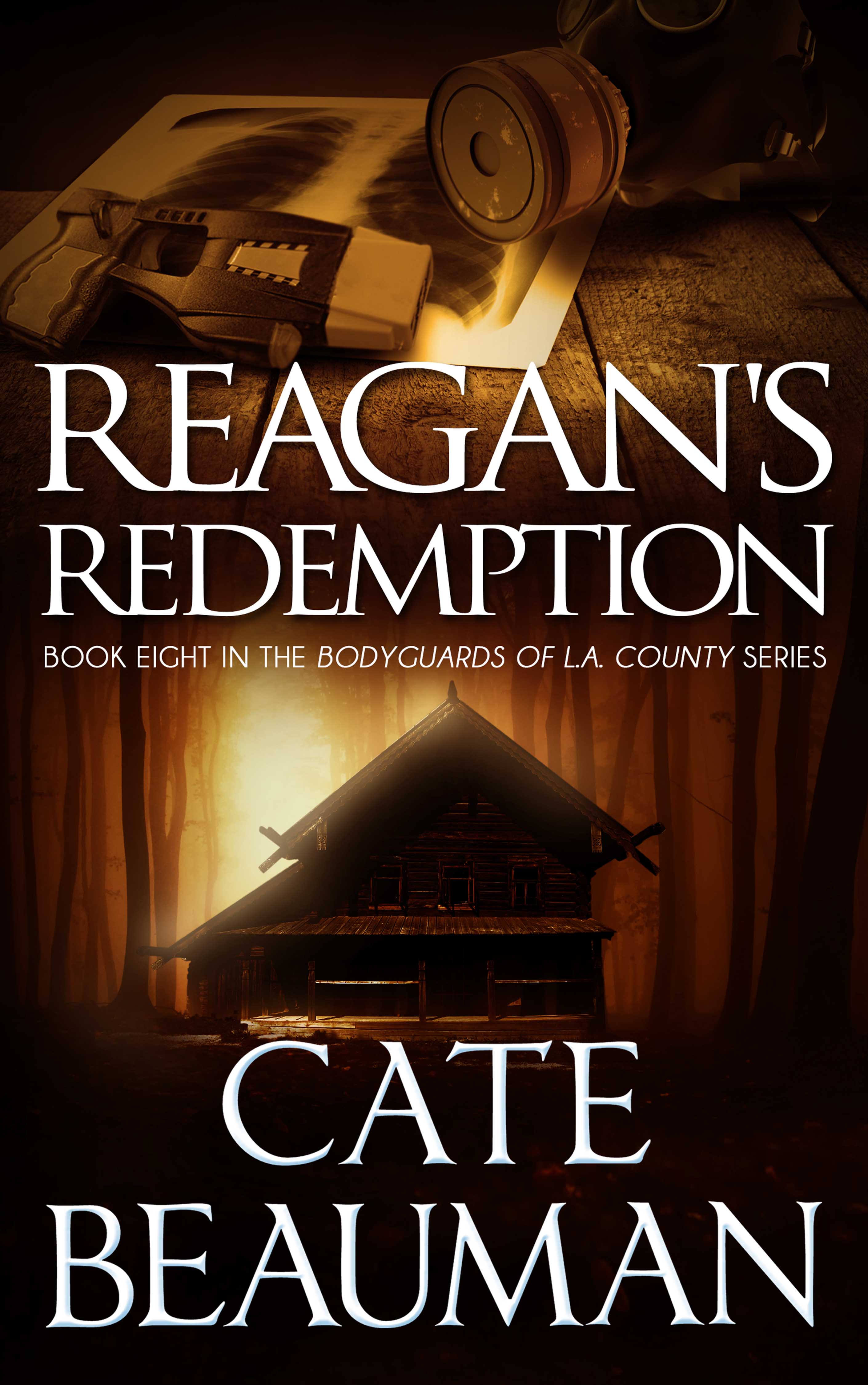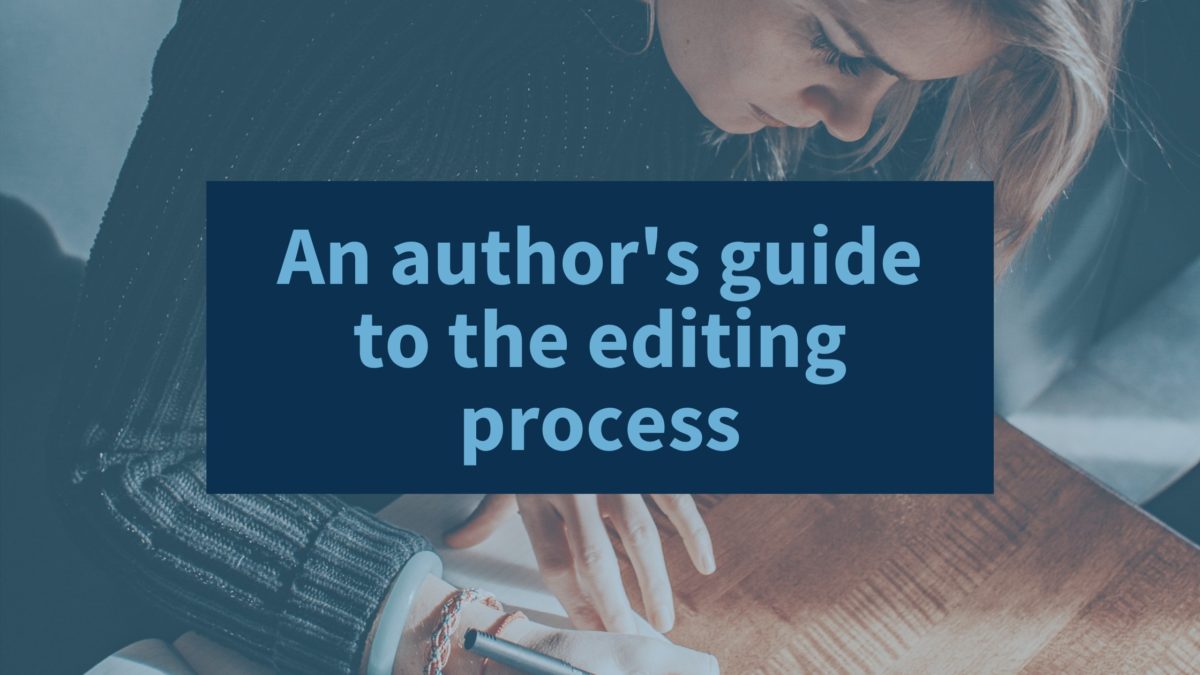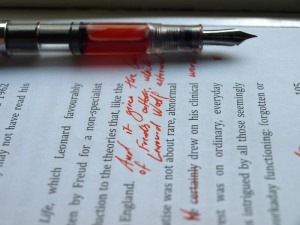Joanna Homer, author of the sci-fi romance Encounter series, lives in London with her husband, her five-year-old son, and her basset hound. In addition to writing, she works in human resources for the NHS.
Since Joanna was young, she’s loved losing herself in the magic of stories, and any free time she has (which isn’t much!) is spent curled up with a book or at the movies.
We interviewed Joanna to learn more about her inspiration, her process, and what she has planned for the future of her series.
Tell us how you conceived of the Encounter series. Have you always been fascinated by the idea of extraterrestrials?
The idea of aliens has always interested me, and movies like Independence Day and shows like Roswell are among my past favourites.
The Encounter Series, however, was originally an idea about a guardian angel begrudgingly tasked with protecting a teenage girl. The bank raid scene with Dray came first, and once the time-freeze happened, the story moved to sci-fi and aliens pretty quickly.
Do you think aliens have been to Earth?
My son has been learning about planets and the solar system at the moment and the sheer enormity and vastness of the universe really is mind-blowing. Whenever I find myself being cynical, I remind myself of how small we are. Why shouldn’t there be more intelligent beings out there who have visited us?
You’ve done a lot of world-building in your books. How do you keep track of all of the different types of aliens, cultures, and histories in your novels?
I’ve created a series bible to keep track of all the history, alien races, locations, and characters. It has been really useful so far and saved me a lot of time. When I finish the series, I may add in some extra/deleted scenes, maybe some character artwork, maps, et cetera, and give all that to my readers.
I also created a glossary for my website, a quick and easy way to remember the names of Aethian words and what they mean.
Your books are a blend of romance and sci-fi. How do you think those two genres work together?
Personally, I enjoy a little bit of romance with all my genres. In my eyes you can’t beat two characters with amazing chemistry. Having relationships face challenges and obstacles makes it all the more exciting.
And if those obstacles happen to be of an otherworldly nature, then the possibilities are limitless.
Tell us about your book editing process.
 Once I have completed my first draft I don’t look at it again for a while. My aim is to wait a couple of weeks, but I usually crack before that. I read though the draft and, aside from making some notes here and there, I just read to give myself an idea of how well it flows. Next, I go through and make my corrections and edits until I feel it is in good shape.
Once I have completed my first draft I don’t look at it again for a while. My aim is to wait a couple of weeks, but I usually crack before that. I read though the draft and, aside from making some notes here and there, I just read to give myself an idea of how well it flows. Next, I go through and make my corrections and edits until I feel it is in good shape.
Sometimes my manuscript goes through a few beta readers, depending on timescales. Then I hand it over to my book editor at Invisible Ink for a developmental edit to look at the pace, tone, characters, and so on. I always book an editing bundle, which includes a developmental edit, a line edit, and a final novel proofread, as the improvement to the quality of my novels is invaluable. Plus, I learn a bit more from the feedback every time.
Your latest novel in the Encounter series, Alliance, is vastly different from the first two novels in the series. Without giving anything away, it’s fair to say that you took the world you built and turned it upside down. What was that experience like? Was it difficult to do that to Eliza and her world?
I intended for things to go that way right from day one, and I was looking forward to doing it. Yet I was surprised to find that, when it came down to it, wreaking havoc in the world I had created was more difficult than I had imagined. Having your characters operate on such a high level of fear and anxiety without losing impact is hard to maintain, too. But as a reader I think I would enjoy going on the adventure with Eliza.
Any hints at what’s up next in the Encounter series?
Well, the title of the next book is Aether, and, considering how Alliance ended, I expect you can imagine where things are headed, but I probably shouldn’t give away anything else. One thing I can say, though, is that Eliza finally comes face to face with Queen Aylaiana, which will certainly be interesting!
Are you working on anything else at the moment, outside of the next installment in the Encounter series?
Yes. Alongside Aether, I have started writing Dark Fire, a new Urban Fantasy series. It begins when a girl teams up with a couple of demon-hunting brothers in search of the monster who murdered her family. Initially it will be a trilogy, but I have a whole range of books/spin-offs planned in the same world. So far it has been strange yet fun to write different characters and create a different world.
What advice would you have for other writers getting started? What do you wish you had known when you were in the early stages?
Thinking back, the main piece of advice I would give myself is something I still tell myself all the time:
Just write.
I am constantly looking into the latest software that helps writers, or reading up on social media fads, or things I can add to my website.
While this can be helpful, at the end of the day you need content. If a reader enjoys your book they will want to read more from you. You need words on the page, which means you need to set aside time to sit down and write.
It can feel overwhelming at the beginning of a novel, but even if you only do a little bit each day, it all adds up.
You can read Joanna Homer’s Encounter series and learn more about the author by visiting her homepage: www.joannahomer.com. Connect with Joanna on social media via Goodreads, Facebook, Twitter, Instagram, and Pinterest.
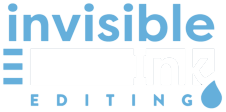
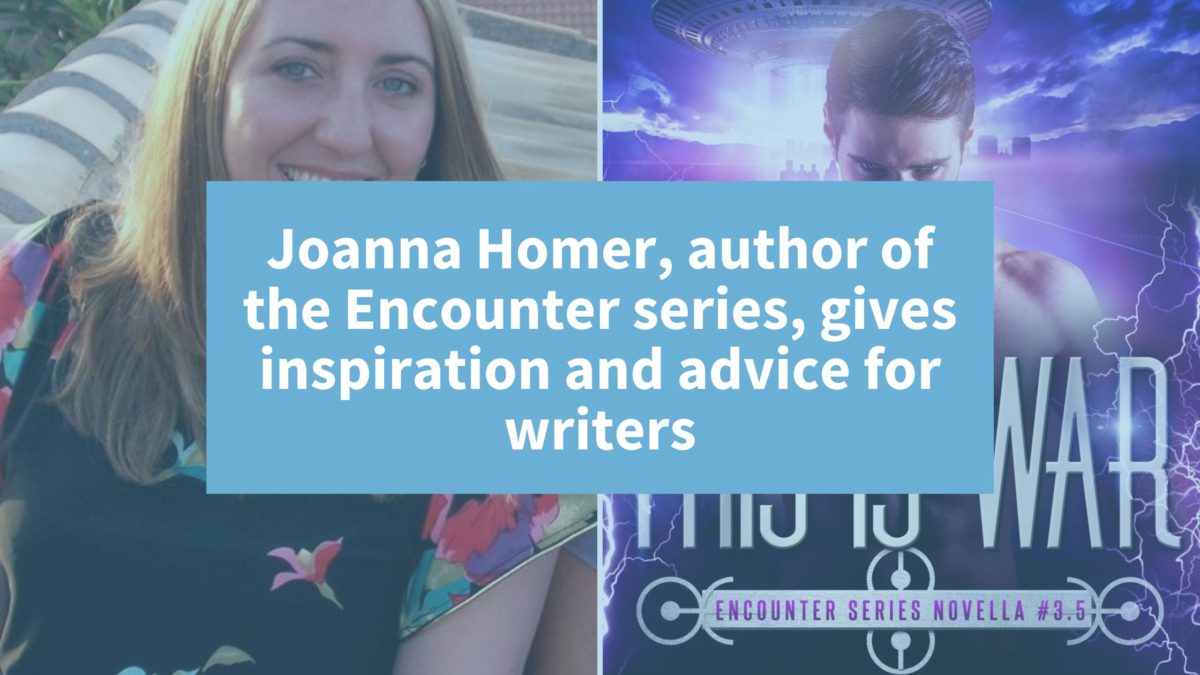
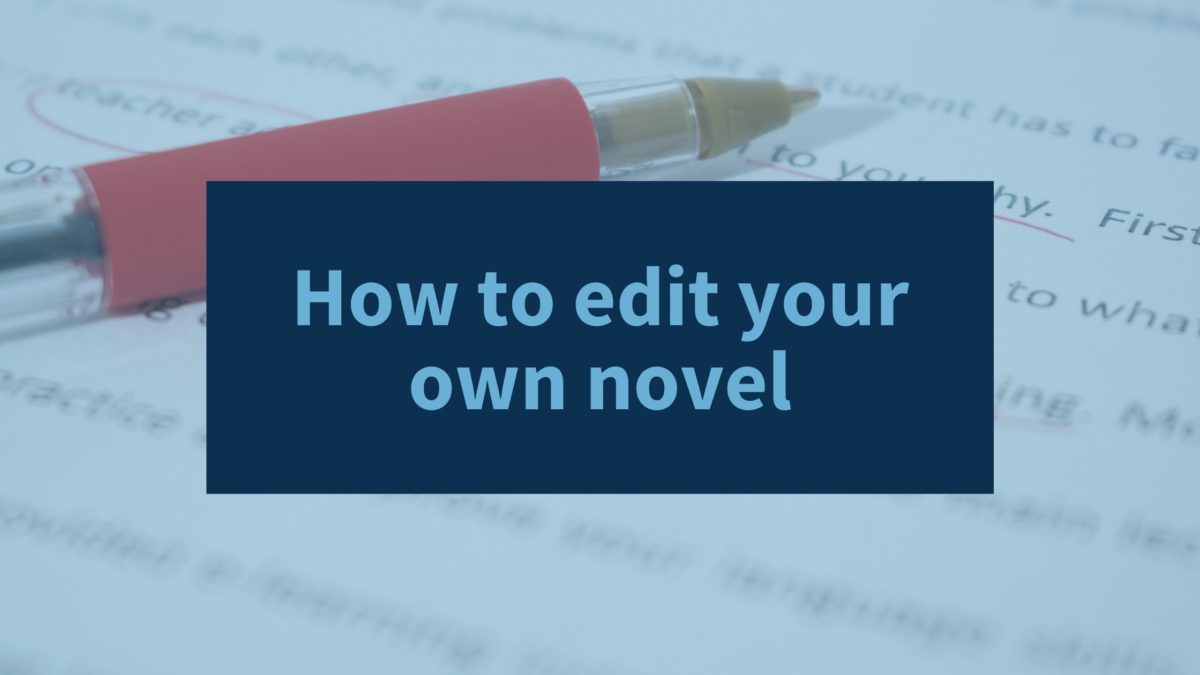
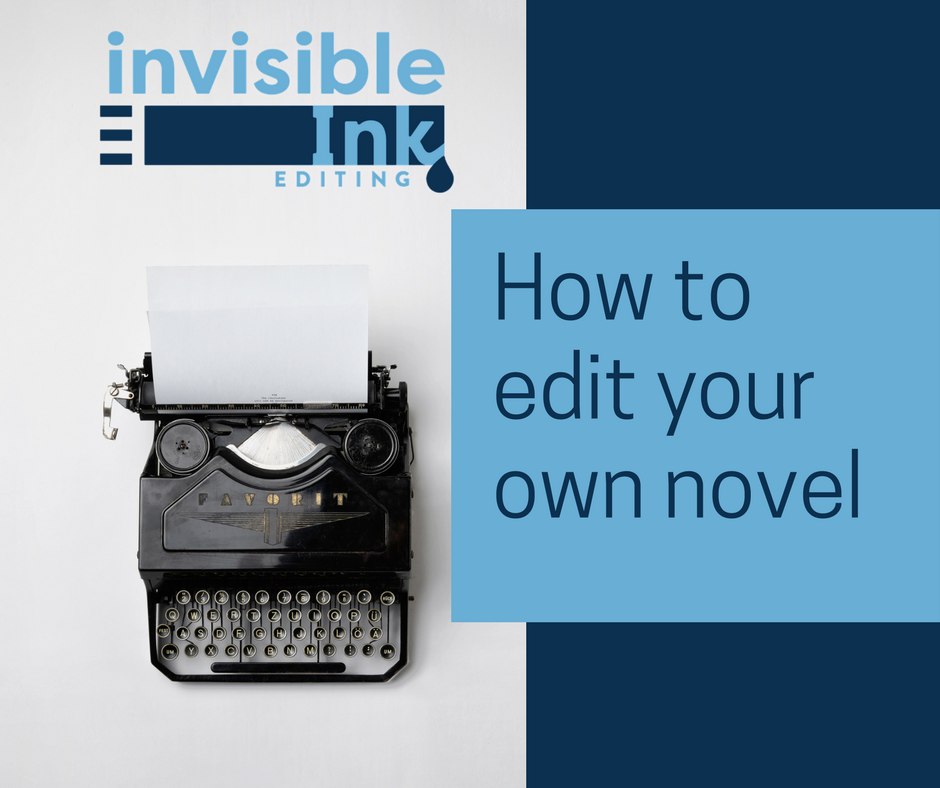
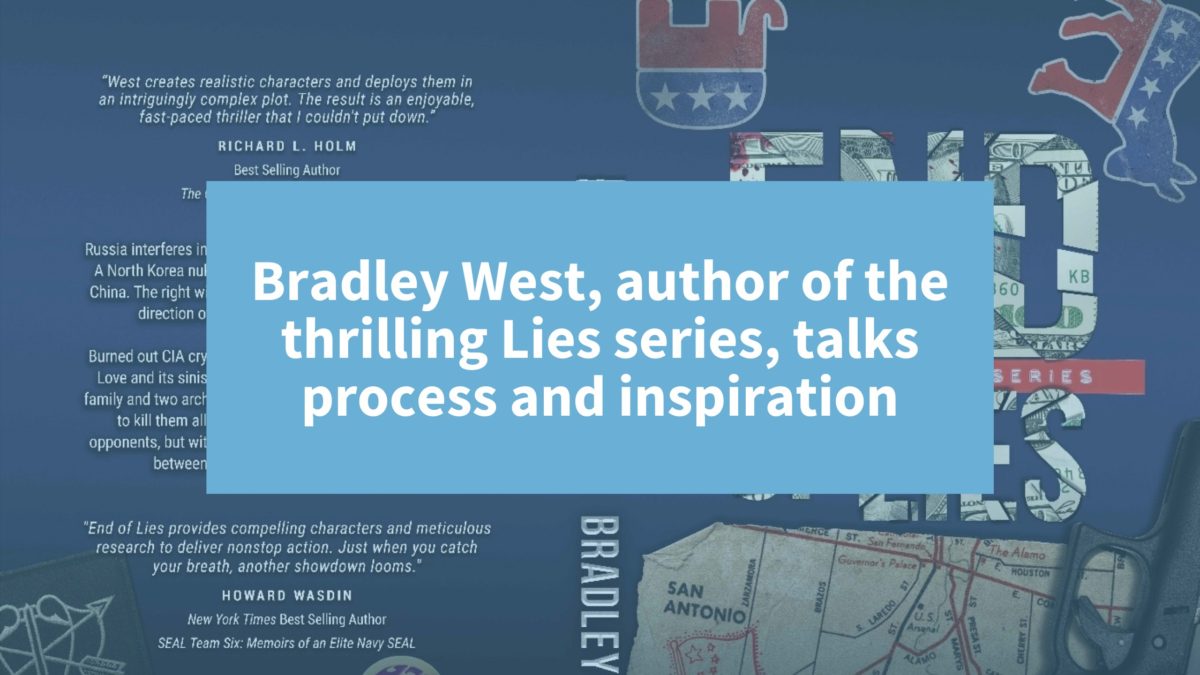

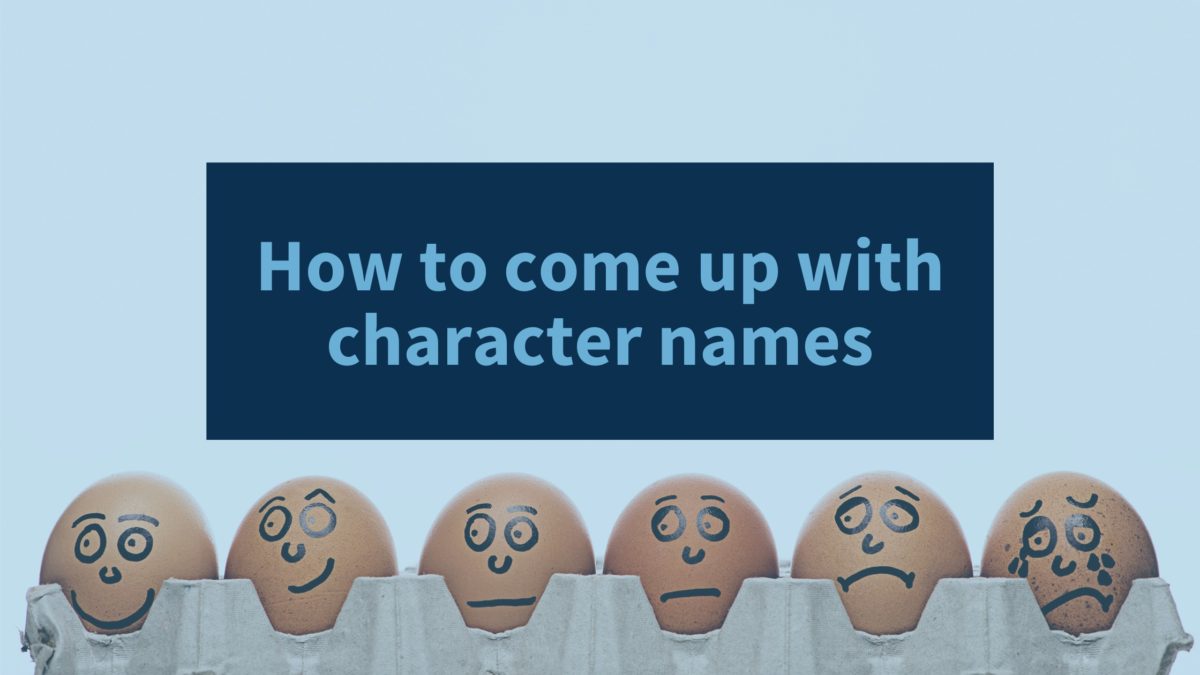
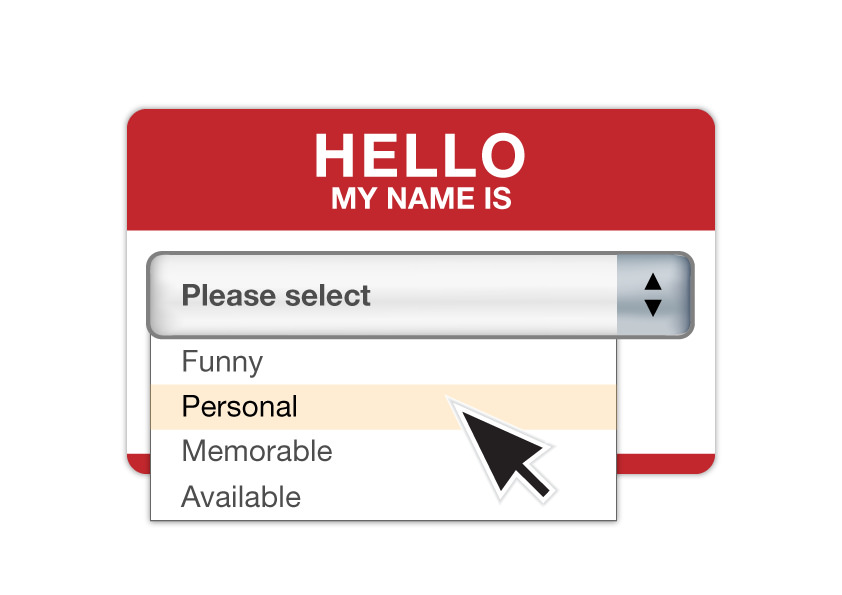
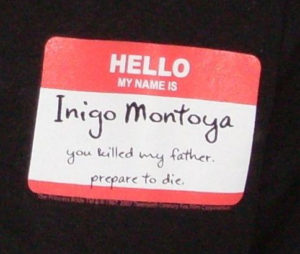
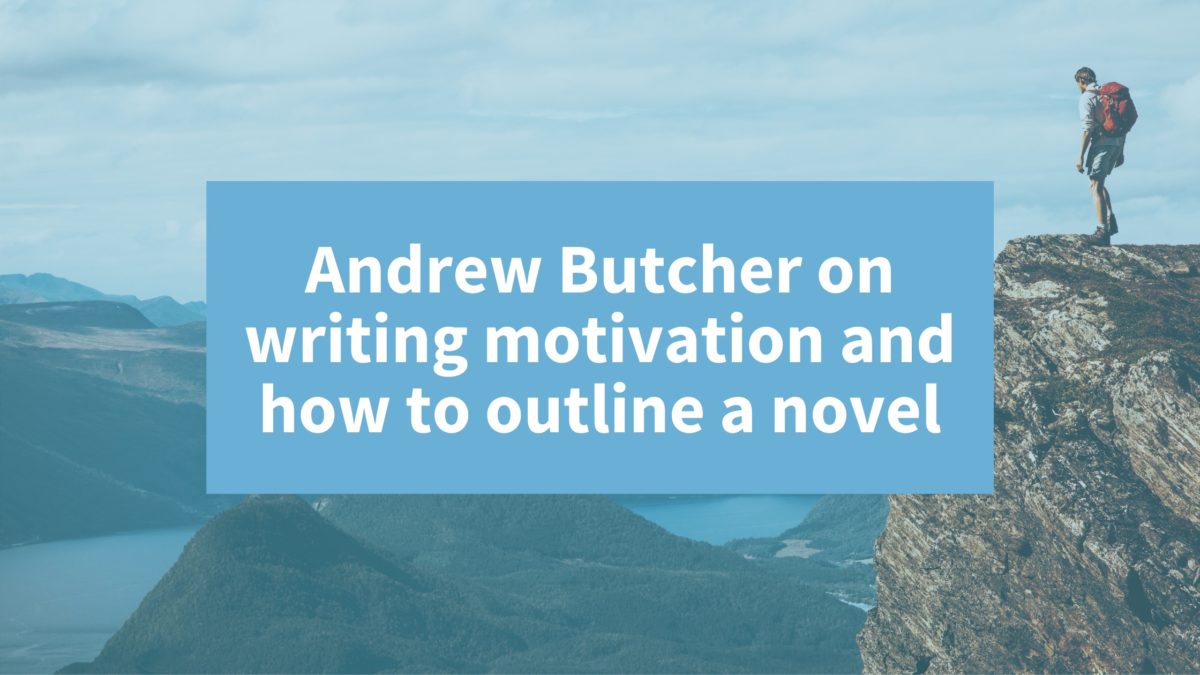
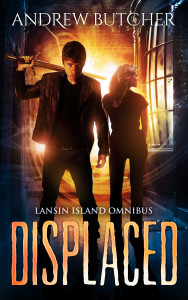
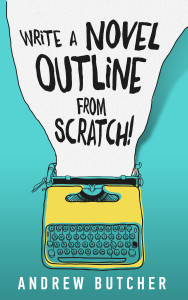
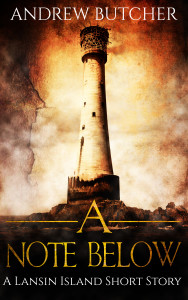
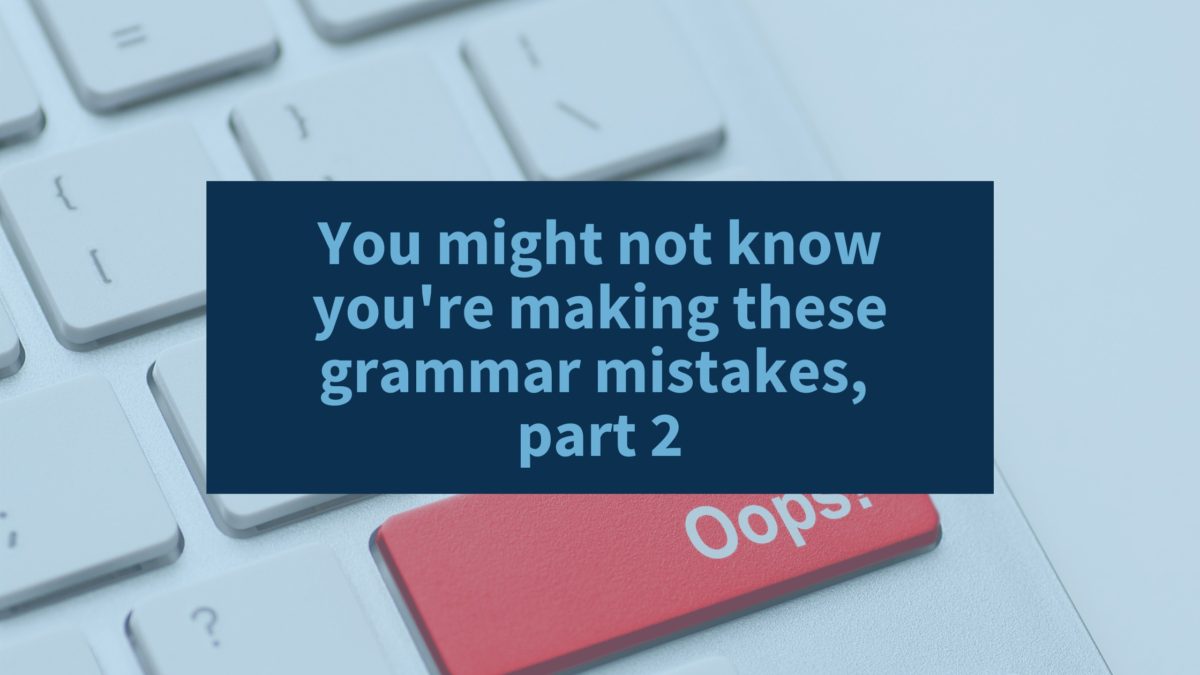
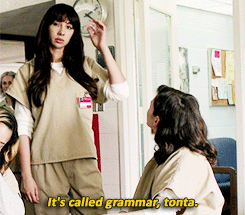
 But when you’re writing fiction, you’ll probably want to avoid the passive voice (except in a few special cases). In order to drive the narrative forward on a sentence-by-sentence basis, you must allow—nay, encourage!—your subjects to own their actions. Here’s an example of passive voice that I might come across when editing fiction:
But when you’re writing fiction, you’ll probably want to avoid the passive voice (except in a few special cases). In order to drive the narrative forward on a sentence-by-sentence basis, you must allow—nay, encourage!—your subjects to own their actions. Here’s an example of passive voice that I might come across when editing fiction: Using a conjunction with a punctuation mark:
Using a conjunction with a punctuation mark: